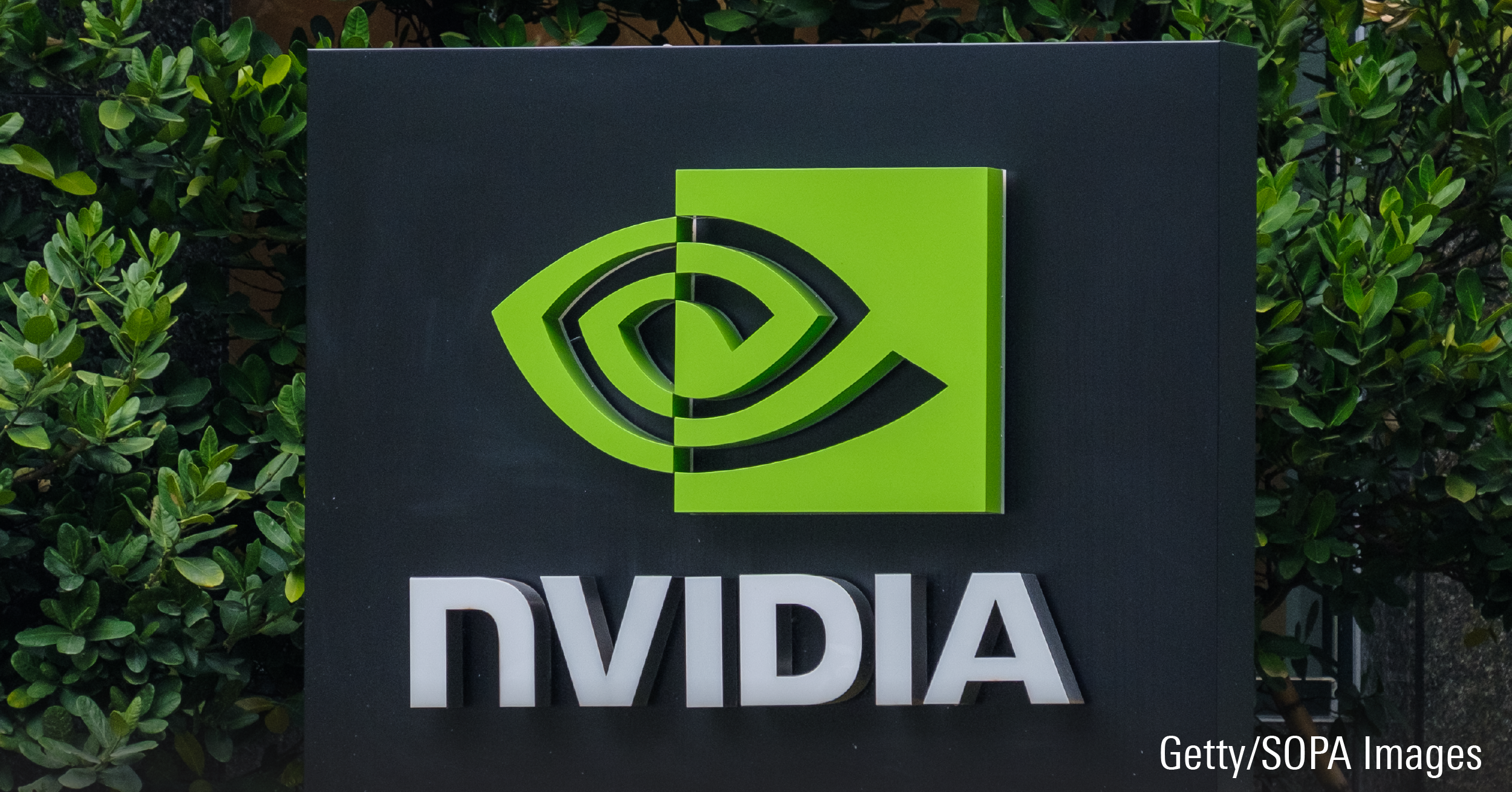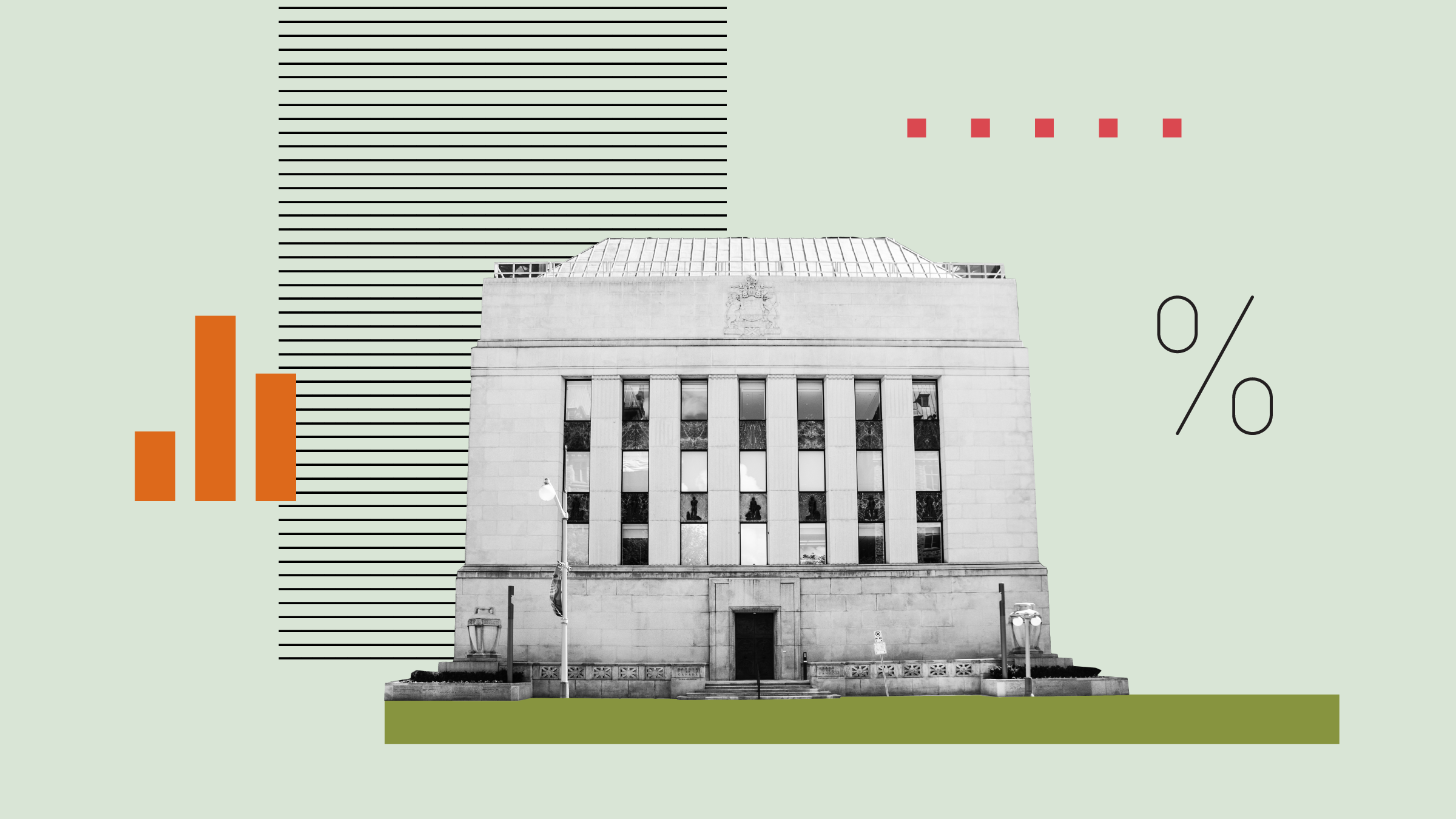Editor's note: In today's part two of Morningstar's Canadian equity roundtable, the portfolio managers discuss life insurers, energy producers and gold miners. Our three panelists: Kim Shannon, president and chief investment officer of Sionna Investment Management Inc.; Martin Hubbes, chief investment officer at AGF Investments Inc.; and Ian Hardacre, vice-president at Invesco Trimark Ltd. They spoke with Morningstar columnist Sonita Horvitch, whose three-part series began on Monday and concludes on Friday.
Q: The consensus around the table is that Canadian banks are expensive. What about the insurers?
Hardacre: We have a big position in Manulife Financial Corp. MFC inTrimark Canadian. It is around 3% of the fund and in our top 10 holdings. We had a smaller position and, as Manulife stumbled over the past 12 months, we built up our position. The return-on-equity level of Manulife is unlikely to be what it was in the past. But the risk-reward on the stock is positive. Manulife is out of favour with investors; it fits our investment philosophy. Sun Life Financial Inc. SLF is also out of favour to a certain extent. I don't own Sun Life.
Hubbes: I own Manulife. This is a multi-year investment. It's going to take time for Manulife to right itself.
Shannon: We are a relatively recent purchaser of Manulife. We didn't own it (previously) because it was one of the most aggressively managed and aggressively accounted for insurance companies. The company proved to be poor at managing risk. This created a wonderful opportunity for a value manager.
Hubbes: I own Sun Life. It did fairly well through the financial crisis by being conservative.
Shannon: I own it too. Quite a few of the insurers are showing up in our models as offering value. I own Intact Financial Corp. IFC.
 |
|
 |
|
| Ian Hardacre: Manulife is out of favour with investors; it fits our investment philosophy. | |
 |
|
 |
|
 |
Hubbes: I own Industrial Alliance Insurance and Financial Services Inc. IAG. It has fared well in the financial crisis. It has lots of room to grow.
Q: Turning to energy, another heavily weighted sector in the S&P/TSX Composite Index.
Hardacre: Some 12 months ago, we had almost no energy exposure when the oil price was US$140 per barrel. Then it dropped to US$40 and we made Canadian energy stocks some 10% to 15% of the fund. We currently have 18%. We have not materially added to energy stocks for a while. We have a big position in Cenovus Energy Inc. CVE, the spinoff of the oil assets of EnCana Corp. ECA. It has quality assets and will generate strong free cash flow in a few years. We also have a decent position in Suncor Energy Inc. SU. The stock is out of favour. It's going to take a few quarters to work through its merger with Petro-Canada.
Shannon: We have a modest overweight in energy at 28% or 29%. The market weight is 26.5%. In our models, a lot of energy stocks are showing up among the cheapest stocks in the Canadian market. There is an opportunity in natural-gas stocks. Interestingly, the grande dame of quality energy companies, Imperial Oil Ltd. IMO, is showing up in our work as one of the 30 cheapest Canadian stocks. It almost never does. That's how reasonably valued the sector is.
 |
|
 |
|
| Kim Shannon: In our models, a lot of energy stocks are showing up among the cheapest stocks in the Canadian market. | |
 |
|
 |
|
 |
The most attractive energy stock is EnCana. It has $6 in cash per share on a $30 stock, and that's pretty significant. Its debt-to-equity ratio is 0.47, and given the significant cash flows it generates, there is no financial risk to speak of, which is important to us. EnCana is trading at 12 times trailing earnings for a world-class company, a low-cost natural-gas producer in North America. It has good capital discipline under its CEO, Randy Eresman. It plans to double production. Natural gas is trading too cheaply.
Hubbes: I have 21% in energy inAGF Canadian Stock. The biggest position is Suncor at 5.5% and is one of my picks for this roundtable. We owned both Suncor and Petro-Canada prior to the merger. There is significant opportunity for better management of the combined assets. The stock is cheap, as everyone hates it.
Shannon: We all three own Suncor. I like Suncor. It is showing up really well in our models.
Hubbes: Everyone got excited about the opportunities for synergies from the merger. When they did not materialize in the first-quarter earnings, investors got disappointed. You have to be patient. These are two big companies with long-life reserves and it is going to take time to sort this out. Suncor has a strong management team, which will, over time, extract lots of value from the Petro-Canada acquisition. There is good visibility in the life of the company's reserves. The oil-sands projects give the players the luxury of long-life reserves. You have to be optimistic about the price of oil longer-term, given the demand from emerging economies. I am bullish long-term on energy.
Hardacre: Kim is bullish on natural gas. We have been so for a while. But it's taking time for the natural-gas price to improve substantially. We have a fairly high natural-gas exposure in the portfolio. I own EnCana. Its recent numbers were good and no one cared. This is a good sign for a value manager.
 |
|
 |
|
| Martin Hubbes: Natural gas could be out of favour for a while. | |
 |
|
 |
|
 |
Shannon: It is.
Hubbes: Natural gas could be out of favour for a while. The valuation on the sector is OK, but I consider that the growth ideas in the energy sector are a little overbought, at present.
Q: The materials sector is another major weighting in the S&P/TSX Composite Index at almost 20%. Let's focus on gold stocks, which are around 12%.
Hardacre: We have always had a position in gold stocks. They are 6% of Trimark Canadian. We own resource-royalty company Franco Nevada Corp. FNV We have owned Yamana Gold Inc. YRI for years. It is cheap on a relative basis. We use price to cash flow. We also own Aura Minerals Inc. ORA. It is incredibly cheap as well. I generally like gold stocks. The stocks have not kept up with the commodity price.
Hubbes: I have historically not owned gold stocks in AGF Canadian Stock until the last couple of years. We currently have 9.4% in gold stocks. Near-term, it has been so-so, but long term there is potential. I am concerned about monetary growth and gold is a nice hedge. As a growth manager, we have had to go to more-mid tier companies.
We sold our holding in Yamana, which is going to be my sell for the roundtable. Yes it was cheap, but it could stay so for a while. Instead, I bought IAMGOLD Corp. IMG. A big shift for me recently, is that I added a position in Barrick Gold Corp. ABX, which as a large-cap gold company is in a position to produce decent earnings, given that its input costs are contained and the bullion price has had a big run. The company has removed its production hedge. My biggest gold weighting is Goldcorp Inc. G at 2.8%.
Hardacre: There has been a good change in management.
Hubbes: Yes.
Shannon: Traditionally, if you were a value manager, you would not own gold stocks, because they generally trade at rich multiples. Interestingly, currently Barrick Gold is among the cheapest Canadian stocks, according to our models. This is pretty rare. We have always had a position in gold stocks and a few years ago we took our weightings up. Gold is a store of value. It is uncorrelated with the rest of the market. My biggest weighting in gold (inBrandes Sionna Canadian Equity  ) is Barrick Gold. I have 14% in the materials sector including gold stocks.
) is Barrick Gold. I have 14% in the materials sector including gold stocks.
Photos: www.paullawrencephotography.com
















